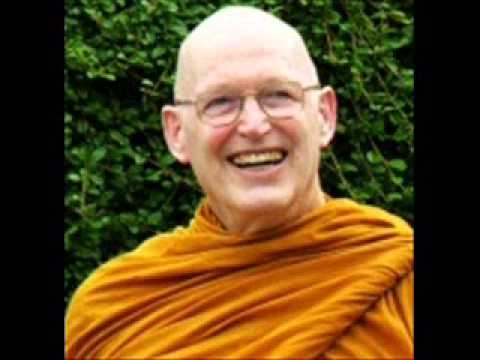One knows that Feeling is there, regardless of what you think, do or perceive. It is there without your assistance, you are not needed for it; you can only know it because it is already there to be known, it is independent of you and you can never have it even if you wanted to.
You can think(foreground) I feel pleasure, because pleasurable feeling is there (background).
It’s the description of Dependent origination principal/paticcasamupada, “with this, this is” ( when the background is, it determines the foreground or when the foreground is, it determines the background), and this principle is pretty much everywhere. The detailed paticcasamupada formulation is just the different ways one can understand the principle…
I.e. ,
Avijjapaccaya, bhikkhave, saṅkhārā;saṅkhārapaccayā( determines ) viññāṇaṃ; viññāṇapaccayānāmarūpaṃ; nāmarūpapaccayā saḷāyatanaṃ;saḷāyatanapaccayā phasso; phassapaccayā vedanā;vedanāpaccayā taṇhā; taṇhāpaccayā upādānaṃ;upādānapaccayā bhavo; bhavapaccayā jāti;jātipaccayā jarāmaraṇaṃsokaparidevadukkhadomanassupāyāsā sambhavanti.Evametassa kevalassa dukkhakkhandhassasamudayo hoti. Ayaṃ vuccati, bhikkhave,paṭiccasamuppādoSn12.1
Then, bhikkhus, for the Bodhisattva Vipassī, who had gone to his dwelling, gone into solitude, in seclusion, this reflection arose in his mind: “Indeed, the world has entered into misery: one is born, ages, dies, passes away and is reborn. And yet one does not understand the escape from this suffering. Oh, when will the escape from this suffering be seen?” Then, bhikkhus, for the Bodhisattva Vipassī there was this: “When there is what is there ageing-&-death, with the support of what, ageing-&-death?” Then, bhikkhus, for the Bodhisattva Vipassī, because of attention from the origin, (yoniso manasikara) there was a breakthrough in understanding: “When there is birth ( foreground ) there is ageing-&-death ( background), with the support of birth, ageing-&-death.” Then, bhikkhus, for the Bodhisattva Vipassī there was this: “When there is what is there birth…being… assuming…craving…feeling…contact… the six domains…name-&-matteer…consciousness, with the support of what is there consciousness?” Then, bhikkhus, for the Bodhisattva Vipassī, because of attention from the origin, there was a breakthrough in understanding: “When there is name-&-matter there is consciousness, with the support of name-&-matter, consciousness.” Then, bhikkhus, for the Bodhisattva Vipassī there was this: “This consciousness keeps coming back because of name-&-matter, it goes no further. In this way one can be born, one can age, one can die, one can pass away or one can be reborn, that is: with the support of name-&-matter, consciousness. With the support of consciousness, name-&-matter…" DN10
A demonstration of the simplified principal is in the buddhas questions …in MN38
I recently recorded a dhamma talk, which might help clarify the principle. The speaker is Ajahn Nyanamoli, and it’s called ‘Directly Visible’
